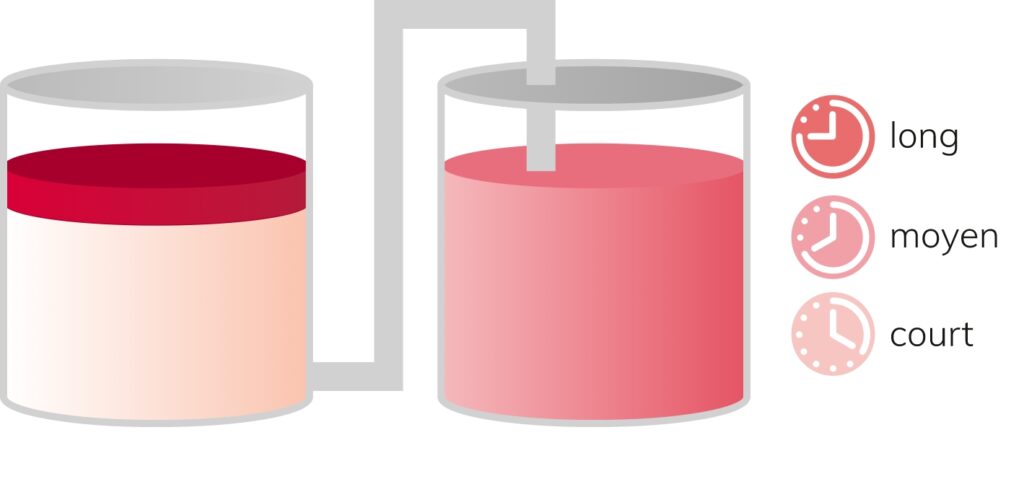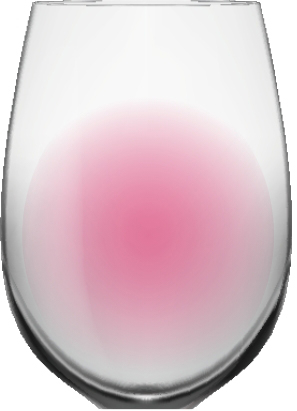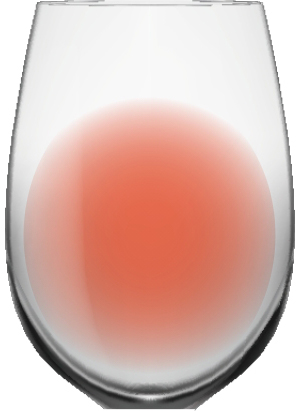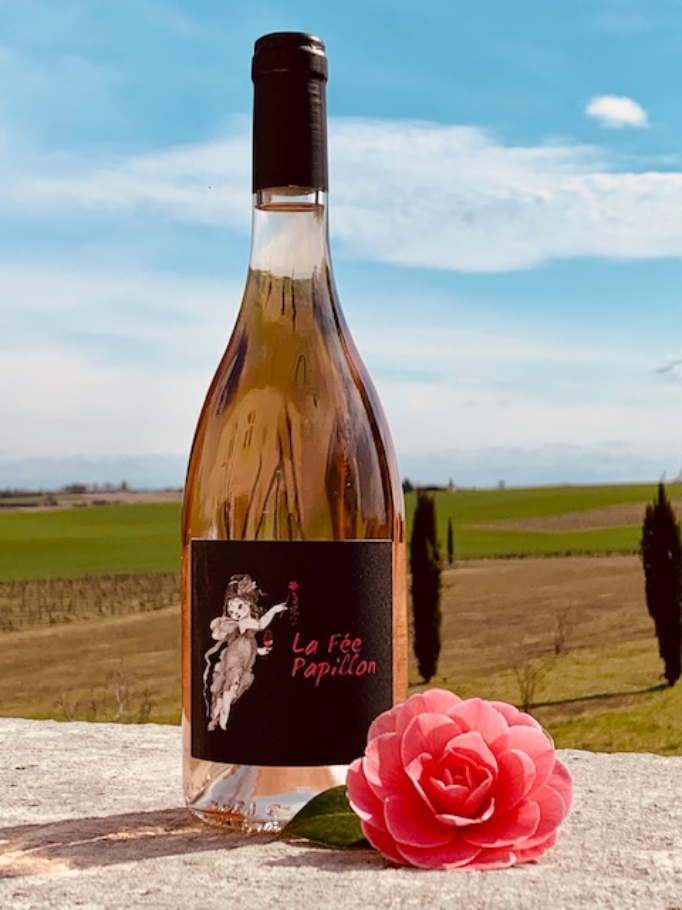The maceration: There are several ways to make rosé wine, but one of the most common is maceration followed by bleeding. For this, red grape skins are left to macerate in juice for a short time (on average about 4-12 hours). Then, when the ideal colour has been achieved, the juice is racked off the skins and the fermentation is completed like a white wine.
What does the colour mean for the wine? The „rosé“ is created by the contact of the grape skin with the juice, the duration of this contact is decisive for the intensity of the colour. This means that there are typical rosé colours, which are determined by the winemaker.
Colour palette: from light rosé to apricot to fine bronze tones.
Overview of well-known rose wines:
Pink: Bandol Rosé, Grenache Rosé
Salmon pink: Provence Rosé, Sangiovese Rosé
Bronce: Pinot Noir Rosé, Syrah Rosé, Pinot Gris Rosé


Pink

Salmon

Bronce

Cognac


